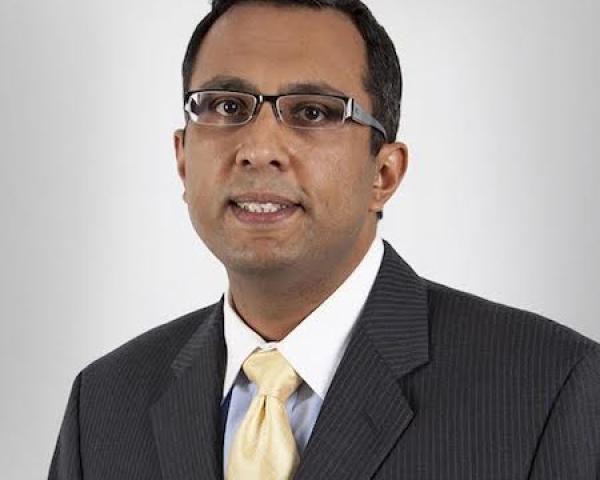For several years, AIR has written about, presented about and created infographics around the problem of the “protection gap”—the difference between economic losses from extreme events and what is actually
covered by insurance. For the most part, our discussions have focused on the macro-level issues of global (re)insurers and governments, catastrophe models and data. However, to learn more about the micro-level issues that may be contributing to the protection gap, I recently attempted to buy flood insurance on my townhouse condo in a suburb of Boston. As with any condo, there are two insurance policies at work here — a condo master policy and my condo HO-6 policy. In my case, there are two separate local insurance agencies.
I called the agent on the master policy and asked whether I was covered for flood, knowing full well that I wasn’t. He correctly answered no, but quickly countered, are you in a flood zone? I responded no, and he appeared to be unsure as to why anyone would want flood coverage unless their bank required it for their mortgage. The same scenario played out with the insurance agent on my HO-6; she was confused about why anyone would want coverage that they wasn’t required by their mortgage lender. This time, I pushed a bit and explained that I had a friend who lived outside of a flood zone and had suffered a flood loss. That motivated her to initiate the process to sell me flood insurance.
See also: The Myth of the Protection Gap
She emailed me a form that looked photocopied and asked me to fill it out, which I had to do by hand. Filling out forms by hand is one of the activities that I find most irritating in life, as my handwriting is absolutely illegible, even to me. Thankfully, the necessity of actually handwriting anything has declined dramatically in the past few years, but the technological changes that have made that possible have apparently not reached the independent insurance agency system in the U.S.
But I had bigger problems than my handwriting. Many of the questions that were being asked on this form were ones I didn’t know the answer to, even after working at AIR for 10 years. The questions I easily knew the answers to were occupancy, year built, whether I had a basement and whether my house was elevated. Construction type was also an easy one for me, but I’m not sure that would always be the case for the typical customer.
Here are some of the questions that I and the average consumer would find challenging:
- Foundation: slab or pilings
- Type of pilings: wood, concrete, driven or poured
- Base flood elevation
- Lowest floor elevation
- Post-firm or pre-firm enclosure (luckily, I don’t have an enclosure)
At AIR, we’ve been talking about the protection gap and how to close it at a very macro level, but this exercise gave me a more practical feel for why the protection gap exists at all—including in developed countries. The ability to properly quantify flood risk does exist,
from AIR and other modeling firms. And as we know all too well, there is currently enough capital to insure the risk. But those capabilities break down somewhere within the insurance value chain.
As my own experience illustrates, there is a lack of willingness of the front-line insurance distribution system—in this case, insurance agents—to push the coverage. To the extent customers are aware of the risks and ask their agents to buy flood or earthquake coverage (a rare situation, to be sure), the process of getting this coverage is cumbersome and antiquated, to say the least. On this point, there are a slew of venture-backed startups dedicated to making the insurance purchase “mobile first,” but to date these startups appear to be more focused on auto, renters or lower-value contents coverage, and have not yet made inroads into streamlining the process of
purchasing flood or earthquake coverage.
See also: Future of Flood Insurance
Closing the protection gap will require a concerted effort on the part of every player in the insurance value chain—from agents, to carriers, to reinsurers and to those of us in the modeling industry. I also believe it will require technology that identifies those who need coverage and places that coverage in a seamless way, as the status quo doesn’t appear to be doing the job. Getting the entire insurance value chain on the same page to make the necessary investments to close the protection gap is easier said than done, of course, but that’s the real problem that needs to be solved if we are serious about closing it.







